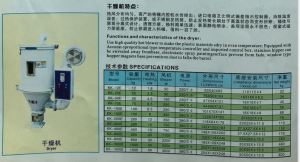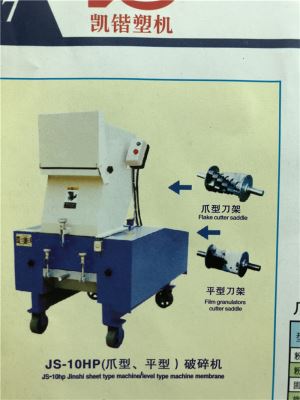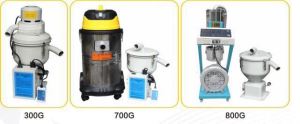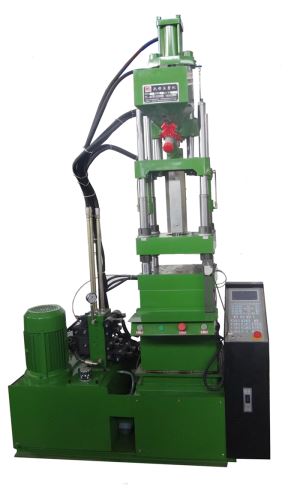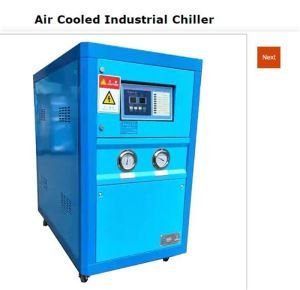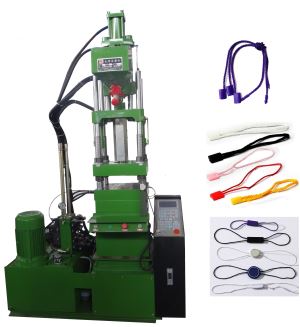Product Categories
Contact Us
Tel:+86-757-23330332
Fax:+86-757-23330332
Ph:+8613826028993
E-mail: joybai@kaikaimachine.com
Add:2-3C Tower #13, Shunlian International Machine City, Chencun Town, Shunde District, Foshan City, Guangdong, China
POOR PART QUALITY AT START-UP
If you begin a production run and immediately notice problems that you suspect are due to a heat-transfer problem, here are a few questions to ask:
oWas the cooling system checked? It sounds ridiculously simple, but is your heat-transfer system actually working? Check that all hoses are properly connected and that there are no leaks. Then, starting at the mold, make sure all the components in the system are working correctly. If you have a mold-temperature control unit (TCU) between the mold and the chiller, make sure the heater and pump are working. Until the mold is up to temperature, the TCU will need to heat the heat-transfer fluid and it can’t do that if the heater isn’t functioning. Then check the cold-water source (chiller or cooling tower) and make sure they are operating correctly.
oWas the tool changed? If so, then make sure that all temperature and flow rates are optimized for the new mold. Different molds often require different heat-transfer settings and if the tooling was changed but the heat-transfer settings from the previous job remain, the system won’t be able to produce good parts. It is also possible that a TCU that works well with one tool or process may not be capable of handling a larger tool effectively. And don’t forget to make sure that the mold cooling lines have been purged completely of any air before start-up. The air in the tool will inhibit proper heat transfer.
Previous: What is a rock crusher?
Next: TAG & INK SOLUTIONS
Related Industry Knowledge
- Working principle of vertical injec...
- The advantages of using vertical au...
- How to select string for seal tag (...
- The materials use on plastic string...
- Introduction of garment seal tag ma...
- The purchase considerations of seal...
- Seal tag(string lock/clothing tags)...
- the main categories of seal tags
- The use of seal tag/string lock
- What is a rock crusher?
- TAG & INK SOLUTIONS
- The object held by the pipe clamp i...
- Use occasion and method of using clamp
- Technology and application of cable...
- Fiber handle wire cutters are one o...
- An indispensable tool in the instal...
- Explain how to use the clamp
- Tips for choosing cable cutters
- The reason for the error of steel b...
- Difference and function of screw sh...









